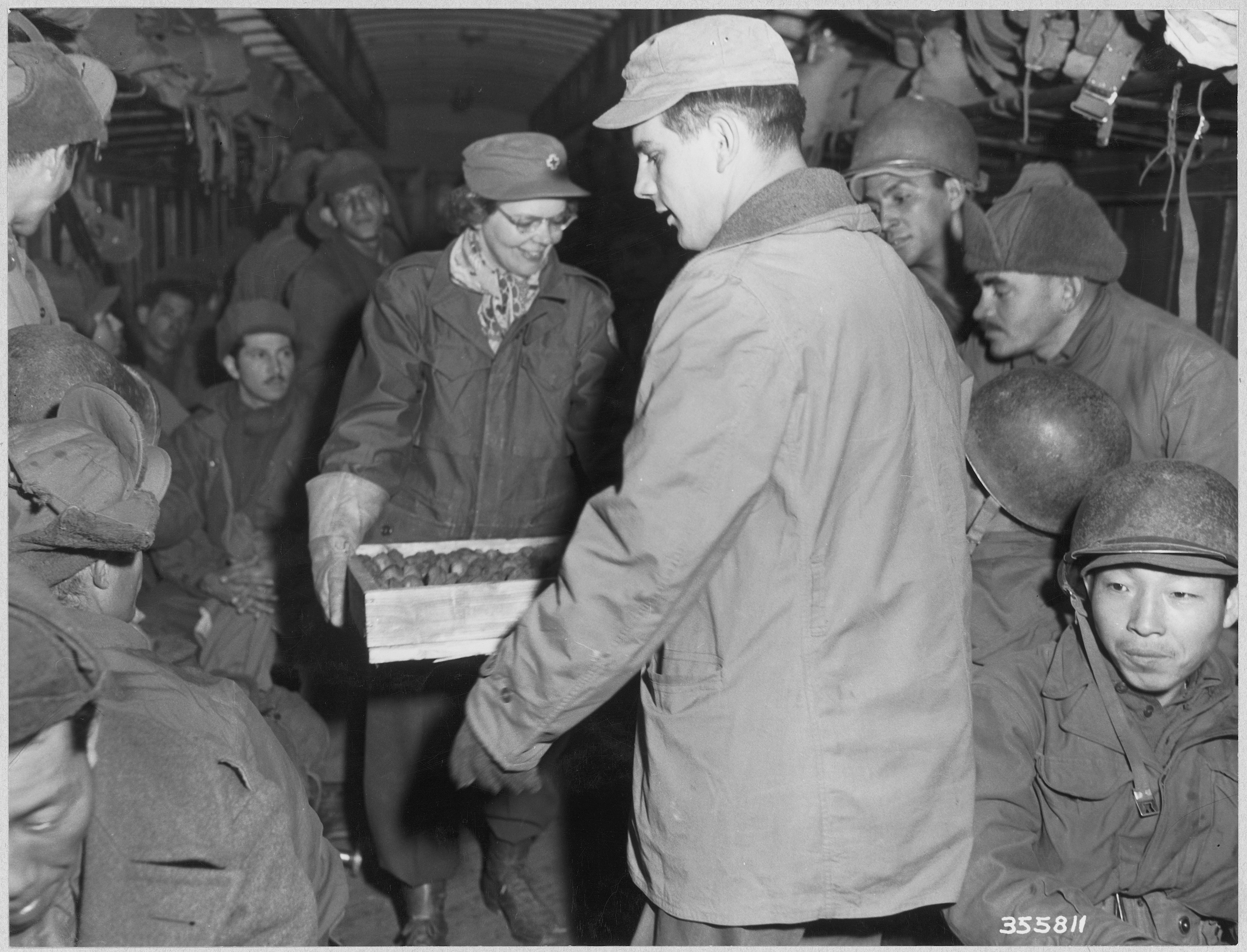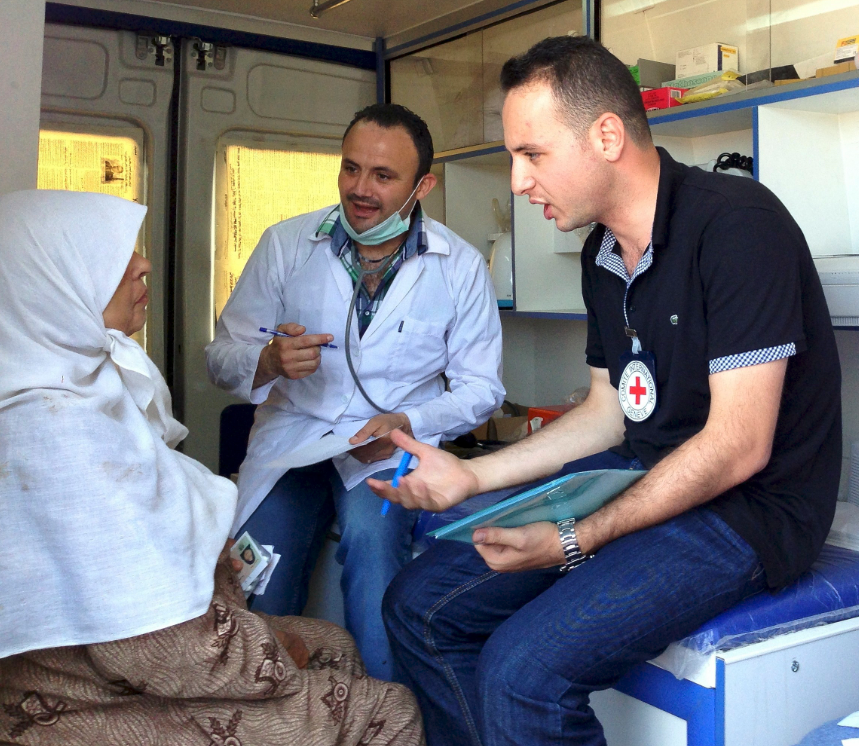By Jarrett Barrios, Los Angeles Region CEO
Last Friday at the Getty House—the Los Angeles Mayor’s residence—city leaders gathered to announce the release of Resilient Los Angeles. Stewarded by a partnership with the Rockefeller Foundation’s 100 Resilient Cities, this report brought together the range of solutions—some obvious, some not-so-obvious—to make our vulnerable communities more resilient in the face of disasters.
Mayor Eric Garcetti has been a strong supporter of resilience strategies. In his first term, he partnered with Dr. Lucy Jones to champion the toughest-in-the-nation seismic retrofit law for commercial buildings. After partnering with Rockefeller a couple of years ago, he recruited a Chief Resiliency Officer for the City of Angels, Marissa Aho. Ms. Aho’s leadership in convening stakeholders from around Los Angeles, America’s second largest city, has produced this thorough report.
Far from being something that is going to sit on the shelf, Resilient Los Angeles is action-oriented, including 96 actions for everyday Angelenos and city leaders to take that will better enable us to withstand the stresses of a disaster. Personally, I could not be more pleased with this step forward. While some of its suggestions are outside of the Red Cross wheelhouse, their suggestions around employment and community safety help create stability in communities that support our preparedness goals.
The heart of the report, though, is its focus on community resilience in the face of natural or man-made disasters. In so many ways, it closely and seamlessly aligns with our Red Cross PrepareSoCal and Prepare LA goals. Furthermore, I am thrilled that, as part of their efforts, the Red Cross was able to be a resource in the development of the plan and its strategies.
Creating and maintaining resilient communities is, as always, a high priority for the Red Cross Los Angeles Region. The report includes adoption of the Map Your Neighborhood program for the City—a program the Red Cross has been teaching for five years. But more important, it has adopted a philosophy in harmony with Prepare LA’s vision of focus on vulnerable populations and neighborhoods. The report’s introduction describes these valued underpinnings:
Building a more resilient Los Angeles starts with addressing the needs of our most vulnerable populations and neighborhoods. Too often, those who are least equipped to handle the effects of catastrophic events end up suffering the most. And empowering our most vulnerable—children, immigrants, and lower-income residents, among others—is not just about emergency preparedness. It is about directly addressing those underlying daily stresses—such as poverty, financial security, and affordable housing—and ensuring that all Angelenos feel safe and secure in their daily lives. It also means bringing neighbors together to strengthen our collective resources and social bonds and innovating creative solutions along the way.
This is a powerful endorsement for the strategy Red Cross here in LA adopted with its relaunch of Prepare LA in 2014. The report continues, embracing many of our other efforts, too, like its reiteration of the need to “educate and engage Angelenos around risk reduction and preparedness so they can be self-sufficient for at least seven to 14 days after a major shock [disaster].”
The report recognizes the PrepareLA campaign as a valuable partner. In Action 24, it calls on our community Coalitions in Van Nuys, Koreatown, Westlake/Pico-Union, Pacoima, Wilmington and South Los Angeles. These Coalitions work to integrate Red Cross emergency preparedness education in the heart of these communities—right where it is needed the most. The work our Coalitions are doing in these communities will also provide assistance with other strategies defined in Resilient Los Angles—like the suggestion to “Establish neighborhood-based, short and long-term post-disaster housing plans.” In fact, our Coalitions are currently working in communities to create and establish emergency plans with individuals and families in preparation for any disaster.
I look forward to working with Mayor Garcetti and Marissa Aho. Their words are powerful and clear: “At its core, building resilience means strengthening our community fabric today so that we can survive, adapt, and thrive no matter what kind of crisis or catastrophe is in our future. “ I couldn’t be more inspired and grateful for the City’s vision to build a more Resilient Los Angeles!
To learn more about PrepareLA, please visit: http://preparesocal.org/
 Jarrett Barrios is the Chief Executive Officer at the American Red Cross Los Angeles Region.
Jarrett Barrios is the Chief Executive Officer at the American Red Cross Los Angeles Region.
To learn more about Jarrett Barrios or the America Red Cross Los Angeles Region, visit RedCrossLA.org





